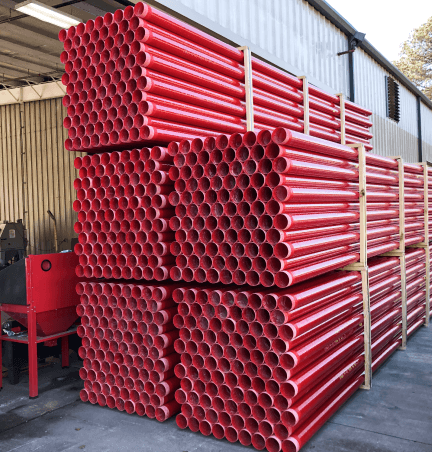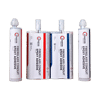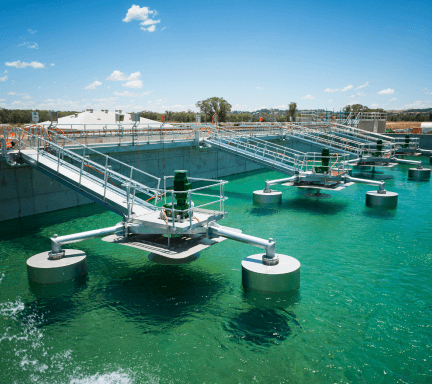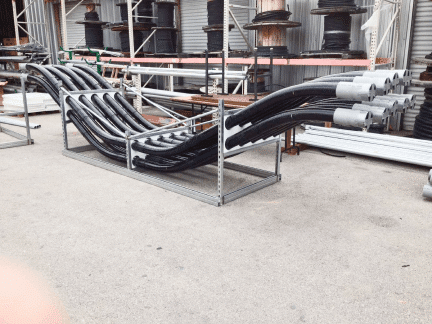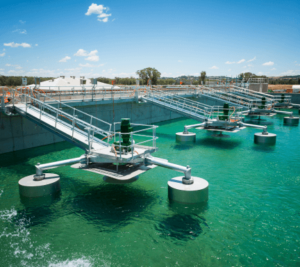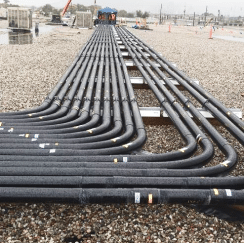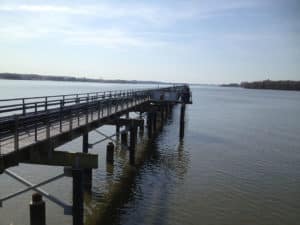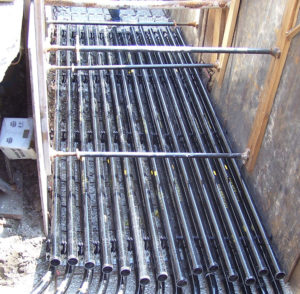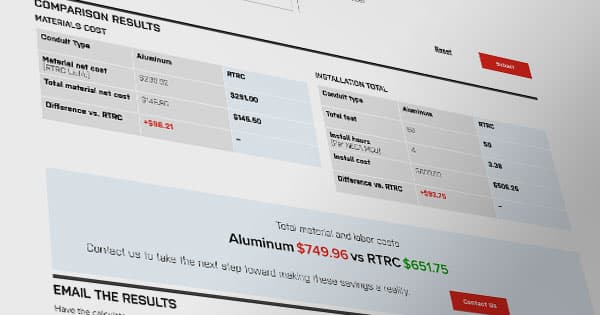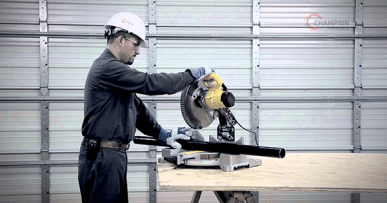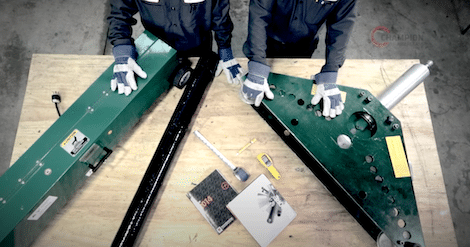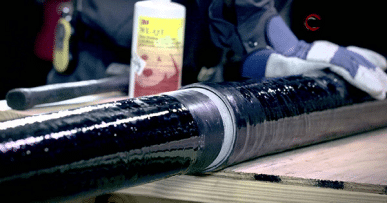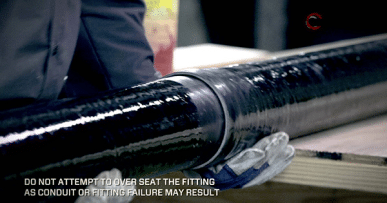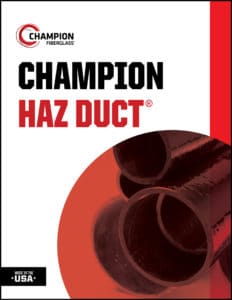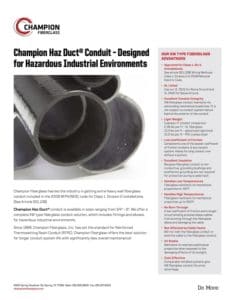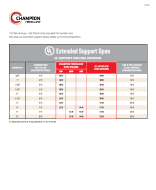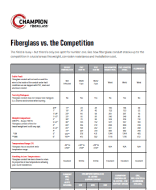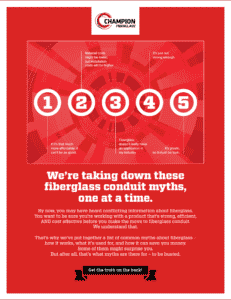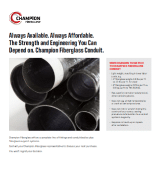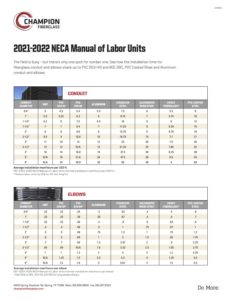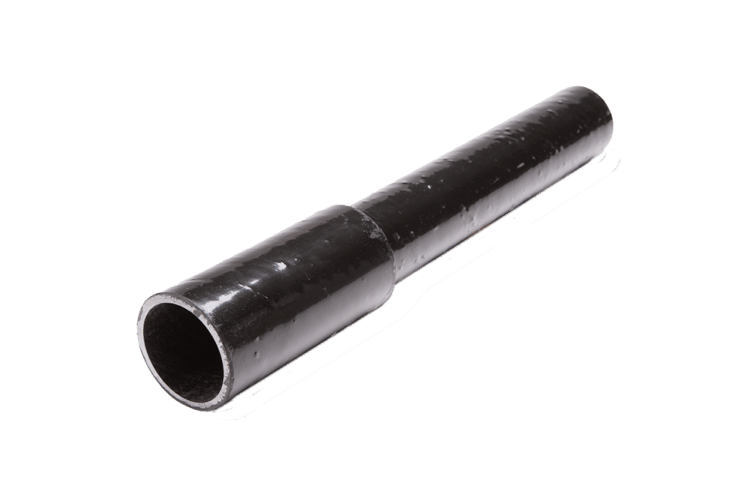
Product Overview
With the widest range of corrosion resistance and superior impact resistance, Champion Haz Duct XW Type Fiberglass Conduit offers a complete non-metallic solution that is specially constructed to handle the demands of hazardous industrial environments. Champion Haz Duct is flame resistant with low-smoke characteristics, offering solid performance in even the most volatile surroundings.
Champion Product
Advantages
Champion Haz Duct XW Type Conduit offers the following benefits:
Champion Haz Duct Features
- Haz Duct Conduit is Class I Division 2 certified
- Has been shown to stop a .45 caliber bullet from a distance of 20 feet. This makes it an excellent choice for high-impact areas and special applications.
- Approved by the National Electrical Code (NEC) for Class I, Division 2 applications in the U.S. and by the Canadian Electrical Code (CEC) for Zone 1, Division 2 installations
- Champion Haz Duct® XW Conduit now features expanded support spacing distances for all conduit diameters from 3/4″ to 6″
Lower Installation Costs
- The lowest man-hour installation rates for most diameters of electrical duct according to the National Electrical Contractors Association (NECA) Manual of Labor Units
- Lower total installation costs (labor plus material costs) for most diameters
ENHANCED PERFORMANCE OVER OTHER CONDUIT SYSTEMS
- Light weight contributes to installation ease, savings and safety
- Corrosion resistance to many chemicals
- No burn-through on elbows
- One of the lowest coefficients of friction of any in-market product
- Ability to retain its shape after impact or compression
- Withstands extreme conditions and temperatures
- Cable fault resistance —fiberglass duct will not melt or weld the wire to the inside of the conduit under fault conditions
- Extended UL Listed support spacing distances rival rigid steel conduit support spans.
- UL Class I Div 2 approved
DATA SHEETS
Champion Haz Duct XW Type
Industries
Champion Haz Duct has contributed to project success in the following industries:
Champion Haz Duct XW Type
Engineering
Champion Haz Duct Conduit meets the following specifications and requirements:
UL and Other Listings
- UL 2515-A Listed for above ground installations
- UL 2420 Listed for below ground installations
- UL Listed for extended support spacing distances
- Is CSA listed per CSA-22.2 No 211.3-96 standards
Champion Haz Duct® XW is UL Listed for extended support spacing distances.
Approved by:
- The National Electrical Code (NEC) for use in Class I, Div 2 installations
- The Canadian Electrical Code (CEC) for Zone 1, Div 2 installations
Fiberglass conduit is listed in Article 12-200 of the CEC (Canadian Electrical Code) as Rigid RTRC Conduit.
You’ll find it listed in the NEC (National Electrical Code) in Article 355 as Reinforced Thermosetting Resin Conduit.
A 100% DIGITAL FACILITY THAT STRIVES TO MEET ENVIRONMENTAL AND SYSTEM MANAGEMENT REQUIREMENTS
- ISO 9001 – Certified in quality management systems for over a decade
- ISO 14001 – World’s premier environmental management certification
- ISO 45001 – Certified occupational health and safety management systems
CHAMPION Haz Duct XW Type
Catalog and Info
These resources will help you compare Champion Fiberglass Haz Duct to other in-market conduit materials; the catalog is available for download or to review online.
FAQ
A full list can be found in our catalog, and larger radii can be supplied. Bends can also be supplied with one or two bonded-on couplings.
The Champion Duct® Joining System includes the interference joint, straight socket, gasket joint (triple seal), and tight lock joint plus adhesive and various sleeve couplings and adapters. To estimate the number of joints and adhesive cartridges necessary for your project, see our Epoxy Adhesive Calculator. For information on which joints to use by application and National Electrical Code (NEC) guidelines, visit our catalog. Champion Fiberglass can advise you on your joint purchase in relation to your project specs.
The Joining System for Champion Haz Duct® XW Type conduit includes the adhesive joint (the straight socket joint combined with epoxy adhesive), Straight Socket, and various alignment/expansion joint types, as well as various adapters and couplings. To estimate the number of joints and adhesive cartridges necessary for your project, see our Epoxy Adhesive Calculator.
For information on which joints to use by application, and National Electrical Code (NEC) guidelines, visit our catalog. Contact us for assistance with your joint purchase in relation to your project specs.
Champion Fiberglass offers joints for Champion Duct®, Champion Flame Shield® and Champion Haz Duct® XW type conduit. Find out what joints are available by product line to suit your project needs and get more details.
The Champion Duct® Joining System includes the Interference Joint, Straight Socket, Gasket Joint (Triple Seal), And Tight Lock Joint plus various sleeve couplings and adapters. For information on which joints to use by application, and National Electrical Code (NEC) guidelines, visit our catalog. Champion Fiberglass can advise you on your joint purchase in relation to your project specs.
The Joining System for Champion Haz Duct® XW Type conduit includes the adhesive joint (the straight socket joint combined with epoxy adhesive), Straight Socket, and various alignment/expansion joint types, as well as various adapters and couplings. To estimate the number of joints and adhesive cartridges necessary for your project, see our Epoxy Adhesive Calculator.
The Phenolic Joining System includes the Adhesive Joint, which is the straight socket joint combined with the appropriate adhesive. The adhesive is applied to the spigot end of the conduit. To estimate the number of joints and adhesive cartridges necessary for your project, see our Epoxy Adhesive Calculator. Various straight socket expansion joints are also available; expansion fittings should be provided to compensate for thermal expansion and contraction. You can find more information on the Phenolic Joining System in our Champion Flame Shield® catalog.
Champion Haz Duct® XW Type Conduit has been shown to stop a .22 caliber bullet from a distance of 20 feet. This makes it an excellent choice for high impact areas and special applications.
The Phenolic Joining System includes the Adhesive Joint, which is the straight socket joint combined with the appropriate adhesive. The adhesive is applied to the spigot end of the conduit. To estimate the number of joints and adhesive cartridges necessary for your project, see our Epoxy Adhesive Calculator. Various straight socket expansion joints are also available; expansion fittings should be provided to compensate for thermal expansion and contraction. You can find more information on the Phenolic Joining System in our Champion Flame Shield® catalog.
With standard sizes of 3/4” x 10’ to 12” x 20’, you can find a full listing of available diameters and lengths in our catalogs: Champion Duct® Catalog.








